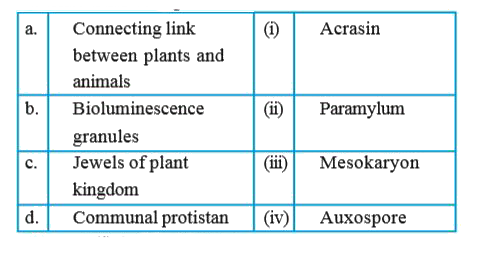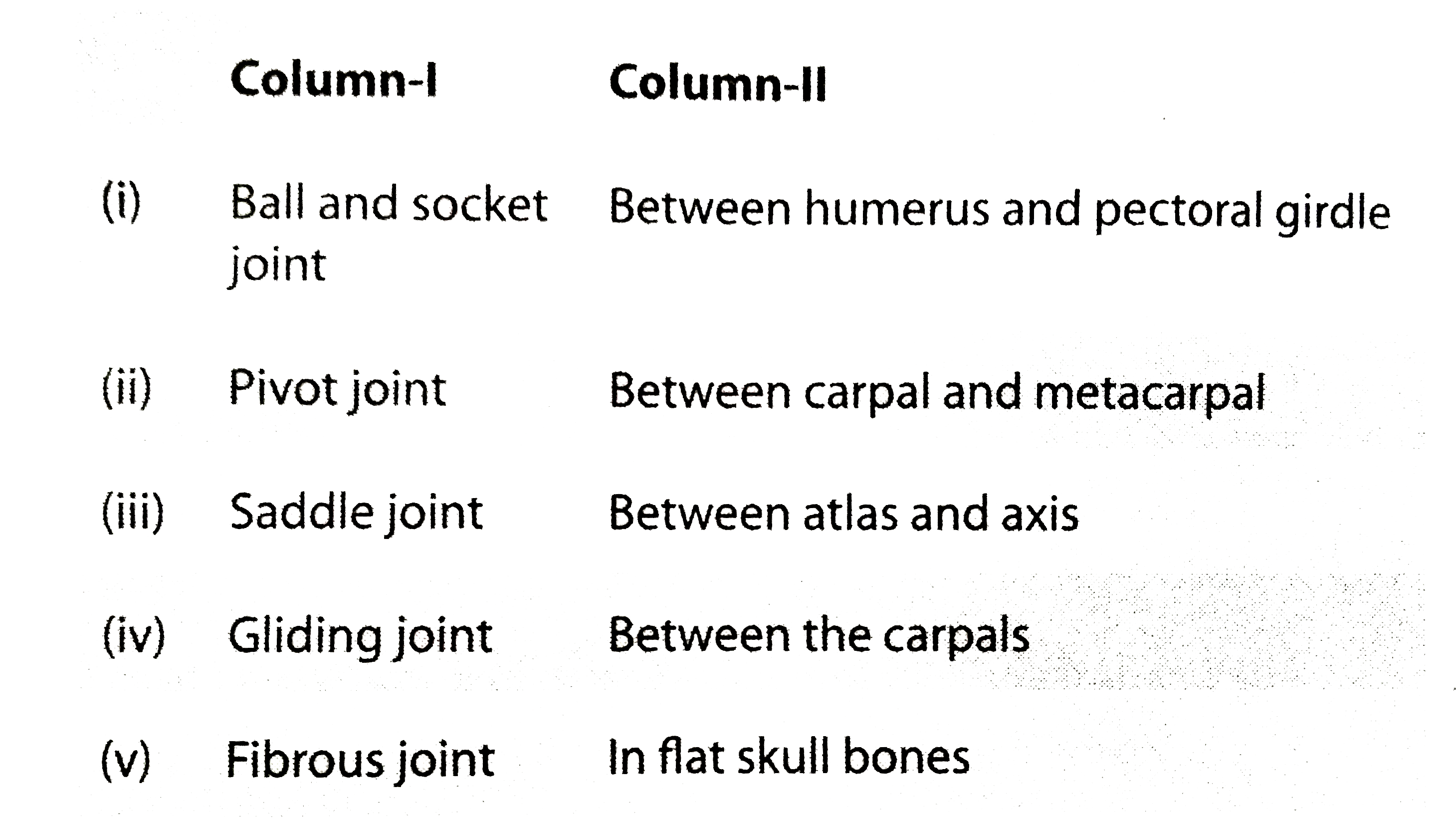(a) (i) decreases, (ii) CO, CO2, (iii) brain, (iv) hallucinogen, depressant, (v) latex
(b) (i) increases, (ii) CO, haembound oxygen, (iii) brain, (iv) sedative, painkiller, (v) latex
(c) (i) decreases, (ii) CO, haembound oxygen, (iii) brain, (iv) sedative, painkiller, (v) latex
(d) (i) increases, (ii) CO, haembound oxygen, (iii) heart, (iv) sedative, painkiller, (v) resin
(i) decreases, (ii) CO, CO2, (iii) brain, (iv) hallucinogen, depressant, (v) latex
(i) increases, (ii) CO, haembound oxygen, (iii) brain, (iv) sedative, painkiller, (v) latex
(i) decreases, (ii) C), haembound oxygen, (iii) brain, (iv) sedative, painkiller, (v) latex
(i) increases, (ii) CO, haembound oxygen, (iii) heart, (iv) sedative, painkiller, (v) resin
The correct Answer is:B
To solve the question, we will analyze each part step by step and fill in the blanks with the appropriate terms based on the information provided in the video transcript.
3. (iii) Cannabinoid receptors are primarily present in the brain.
- Hint: The brain is a major site for cannabinoid receptors, particularly CB1 receptors.
4. (iv) Morphine is a very effective hallucinogen and depressant.
- Hint: Morphine is primarily known for its pain-relieving properties but can also have depressant effects.
5. (v) Opioids are extracted from latex of the poppy plant.
- Hint: Latex is the milky fluid from the poppy plant that contains alkaloids like morphine.
(b)
1. (i) The tolerance level of receptors present in our body increases with repeated use of drugs.
- Hint: Chronic exposure to drugs leads to increased tolerance, making the body require more of the drug for the same effect.
2. (ii) Smoking increases CO and reduces the concentration of haemoglobin-bound oxygen in blood.
- Hint: Carbon monoxide binds with hemoglobin more effectively than oxygen, reducing oxygen transport.
3. (iii) Cannabinoid receptors are primarily present in the brain.
- Hint: The brain has a high concentration of cannabinoid receptors.
4. (iv) Morphine is a very effective sedative and painkiller.
- Hint: Morphine is used to relieve pain and calm the nervous system.
5. (v) Opioids are extracted from latex of the poppy plant.
- Hint: The latex contains the active compounds used for medicinal purposes.
(c)
1. (i) The tolerance level of receptors present in our body decreases with repeated use of drugs.
- Hint: Tolerance can lead to decreased sensitivity to the drug.
2. (ii) Smoking increases CO and reduces the concentration of haemoglobin-bound oxygen in blood.
- Hint: Smoking introduces carbon monoxide, which affects oxygen transport.
3. (iii) Cannabinoid receptors are primarily present in the brain.
- Hint: The brain is the main site for cannabinoid action.
4. (iv) Morphine is a very effective sedative and painkiller.
- Hint: Morphine's primary use is in pain management.
5. (v) Opioids are extracted from latex of the poppy plant.
- Hint: The latex is the source of morphine and other opioids.
(d)
1. (i) The tolerance level of receptors present in our body increases with repeated use of drugs.
- Hint: Increased tolerance can lead to higher doses being required.
2. (ii) Smoking increases CO and reduces the concentration of haemoglobin-bound oxygen in blood.
- Hint: Carbon monoxide from smoking impacts oxygen delivery in the body.
3. (iii) Cannabinoid receptors are primarily present in the heart.
- Hint: While the brain has many receptors, the heart also has cannabinoid receptors that play a role in cardiovascular function.
4. (iv) Morphine is a very effective sedative and painkiller.
- Hint: Morphine is widely recognized for its analgesic properties.
5. (v) Opioids are extracted from resin of the poppy plant.
- Hint: Resin refers to the sticky substance that can also contain active compounds.
Final Answers:
- (a) (i) decreases, (ii) CO, CO2, (iii) brain, (iv) hallucinogen, depressant, (v) latex
- (b) (i) increases, (ii) CO, haemoglobin-bound oxygen, (iii) brain, (iv) sedative, painkiller, (v) latex
- (c) (i) decreases, (ii) CO, haemoglobin-bound oxygen, (iii) brain, (iv) sedative, painkiller, (v) latex
- (d) (i) increases, (ii) CO, haemoglobin-bound oxygen, (iii) heart, (iv) sedative, painkiller, (v) resin
- Hint: The brain is a major site for cannabinoid receptors, particularly CB1 receptors.
- Hint: Morphine is primarily known for its pain-relieving properties but can also have depressant effects.
- Hint: Latex is the milky fluid from the poppy plant that contains alkaloids like morphine.
1. (i) The tolerance level of receptors present in our body increases with repeated use of drugs.
- Hint: Chronic exposure to drugs leads to increased tolerance, making the body require more of the drug for the same effect.
- Hint: Carbon monoxide binds with hemoglobin more effectively than oxygen, reducing oxygen transport.
- Hint: The brain has a high concentration of cannabinoid receptors.
- Hint: Morphine is used to relieve pain and calm the nervous system.
- Hint: The latex contains the active compounds used for medicinal purposes.
1. (i) The tolerance level of receptors present in our body decreases with repeated use of drugs.
- Hint: Tolerance can lead to decreased sensitivity to the drug.
- Hint: Smoking introduces carbon monoxide, which affects oxygen transport.
- Hint: The brain is the main site for cannabinoid action.
- Hint: Morphine's primary use is in pain management.
- Hint: The latex is the source of morphine and other opioids.
1. (i) The tolerance level of receptors present in our body increases with repeated use of drugs.
- Hint: Increased tolerance can lead to higher doses being required.
- Hint: Carbon monoxide from smoking impacts oxygen delivery in the body.
- Hint: While the brain has many receptors, the heart also has cannabinoid receptors that play a role in cardiovascular function.
- Hint: Morphine is widely recognized for its analgesic properties.
- Hint: Resin refers to the sticky substance that can also contain active compounds.
- (a) (i) decreases, (ii) CO, CO2, (iii) brain, (iv) hallucinogen, depressant, (v) latex
- (b) (i) increases, (ii) CO, haemoglobin-bound oxygen, (iii) brain, (iv) sedative, painkiller, (v) latex
- (c) (i) decreases, (ii) CO, haemoglobin-bound oxygen, (iii) brain, (iv) sedative, painkiller, (v) latex
- (d) (i) increases, (ii) CO, haemoglobin-bound oxygen, (iii) heart, (iv) sedative, painkiller, (v) resin
Topper's Solved these Questions
- HUMAN HEALTH AND DISEASEBOOK - NCERT FINGERTPS ENGLISHCHAPTER - HUMAN HEALTH AND DISEASEEXERCISE - Human Health And Disease
177 Videos
- EVOLUTIONBOOK - NCERT FINGERTPS ENGLISHCHAPTER - EVOLUTIONEXERCISE - All Questions
160 Videos
- HUMAN REPRODUCTIONBOOK - NCERT FINGERTPS ENGLISHCHAPTER - HUMAN REPRODUCTIONEXERCISE - Human Reproduction
185 Videos
Similar Questions

1 a(iii), b(ii), c(i), d(iv)
2 a(i), b(iv), c(i), d(iii)
3 a(iv), b(i), c(iii), d(iv)
4 a(ii), b(iii), c(iv), d(i)
View SolutionLabel the structure indicated by (i), (ii), (iii) and (iv)-

View SolutionWhich of the following functions are decreasing on (0, π/2) ? (i) cosx (ii) cos2x (iii) tanx (iv) cos3x
View SolutionWhich of the following functions are decreasing on (0, π/2) ? (i) cosx (ii) cos2x (iii) tanx (iv) cos3x
View SolutionDefine and understand the following terms:
(i) Phylum (ii) Class (iii) Family (iv) Order (v) Genus
View SolutionDefine and understand the following terms:
(i) Phylum (ii) Class (iii) Family (iv) Order (v) Genus
View SolutionDefine : (i) Pollination (ii) Fertilisation (iii) Gamete (iv) Zygote (v) Fruit (vi) Seed (vii) Plumule.
View SolutionBiodiversity loss occurs due to
(i) habitat loss and fragmentation
(ii) co-extinction
(iii) over-exploitation
(iv) alien species invasion.
(a) (i) and (ii)
(b) (i), (ii) and (iii)
(c) (ii), (iii) and (iv)
(d) (i), (ii), (iii) and (iv)
View SolutionWhich of the following is/are not carrectly mathched pairs ?

(a) (ii) and (iii)
(b) (i) and (iv)
(c) (v) only
(d) (ii) only
View SolutionAccording to IUCN, some of the extinctions include
(i) Dodo
(ii) Indian gazelle
(iii) Thylacine
(iv) Steller's sea cow
(a) (i), (ii), (iii) and (iv)
(b) (ii) and (iv)
(c) (i),(iii) and (iv)
(d) (iii) and (iv)
View Solution
